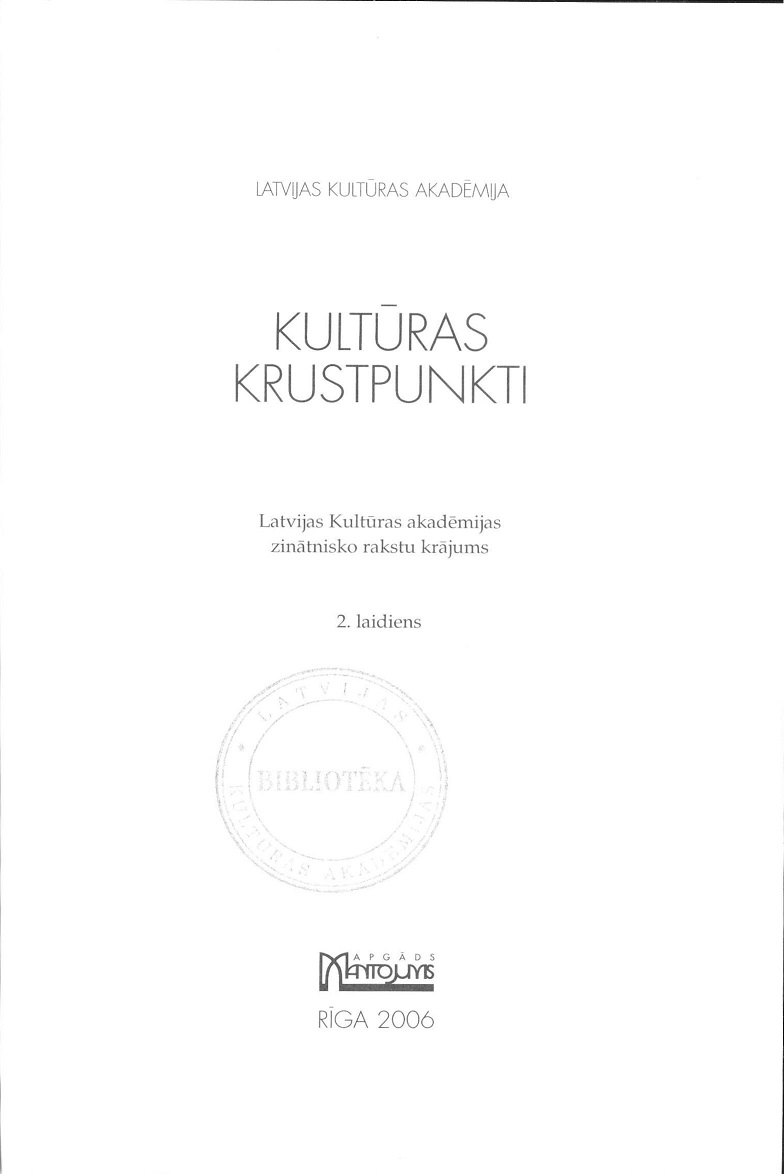Skats uz sievieti Latvijas kino mākslā
The Look at Woman in Latvian Films
Author(s): Inga Pērkone-RedovičaSubject(s): Gender Studies, Cultural history, Gender history, Sociology of Culture, Film / Cinema / Cinematography, Sociology of Art, History of Art
Published by: Latvijas Kultūras akadēmija
Keywords: Latvian films; cinematography; women in films; feminist film studies; gender studies;
Summary/Abstract: The article explores the visual and narrative models of women's images in the Latvian films. The theoretical background is based on classical and feminist film studies, especially on Laura Mulvey's hrestomatic article "Visual Pleasure and Narrative Cinema" (1975), which demonstrated how narrative cinema uses a woman as an object to be looked at, and a man as the subject and the bearer of the look. The most productive period of the Latvian cinema was from 1955 to 1990, the Soviet time, when the official ideology declared the total equality of women and men. Nevertheless, analyzing films from the Soviet period, we can see a highly traditional, patriarchal attitude to women and, in general, the patriarchal order of life. As the case example the Latvian film "The Sonata of the Lake" (Ezera sonāte, 1976) is investigated more in detail, which very typically represents relations between genders in the society, and in the center of the narrative offers the most popular fictional character of the Latvian woman - a woman who devotes her-self to the man sacrificing her freedom for love and life.
Journal: Culture Crossroads
- Issue Year: 2/2006
- Issue No: 1
- Page Range: 213-223
- Page Count: 11
- Language: Latvian

